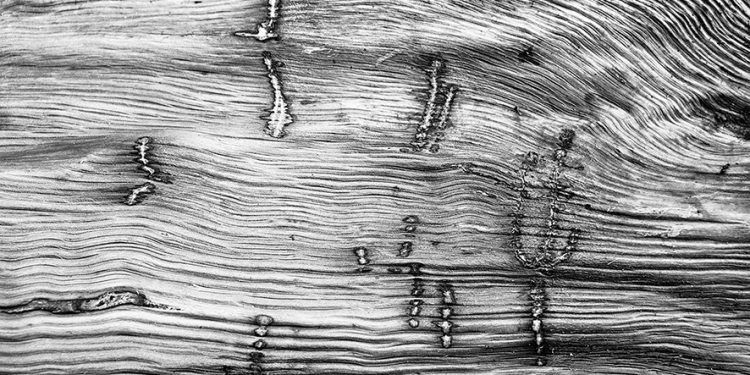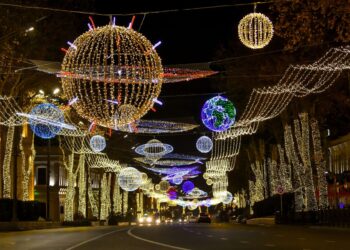I had some NGO meetings at the end of May in Lagodekhi, in Kakheti region, and happily these were taking place within a few minutes’ walk of the park of the same name. While I didn’t have time to trek the well-marked trails the few km all the way to the park’s two famous waterfalls, which I highly recommend if you do have a few hours, the forest itself was enough of a joy and inspiration for me as a nature lover and photographer. It’s a mixed forest of deciduous (leafy) and coniferous (needled, evergreen) trees.
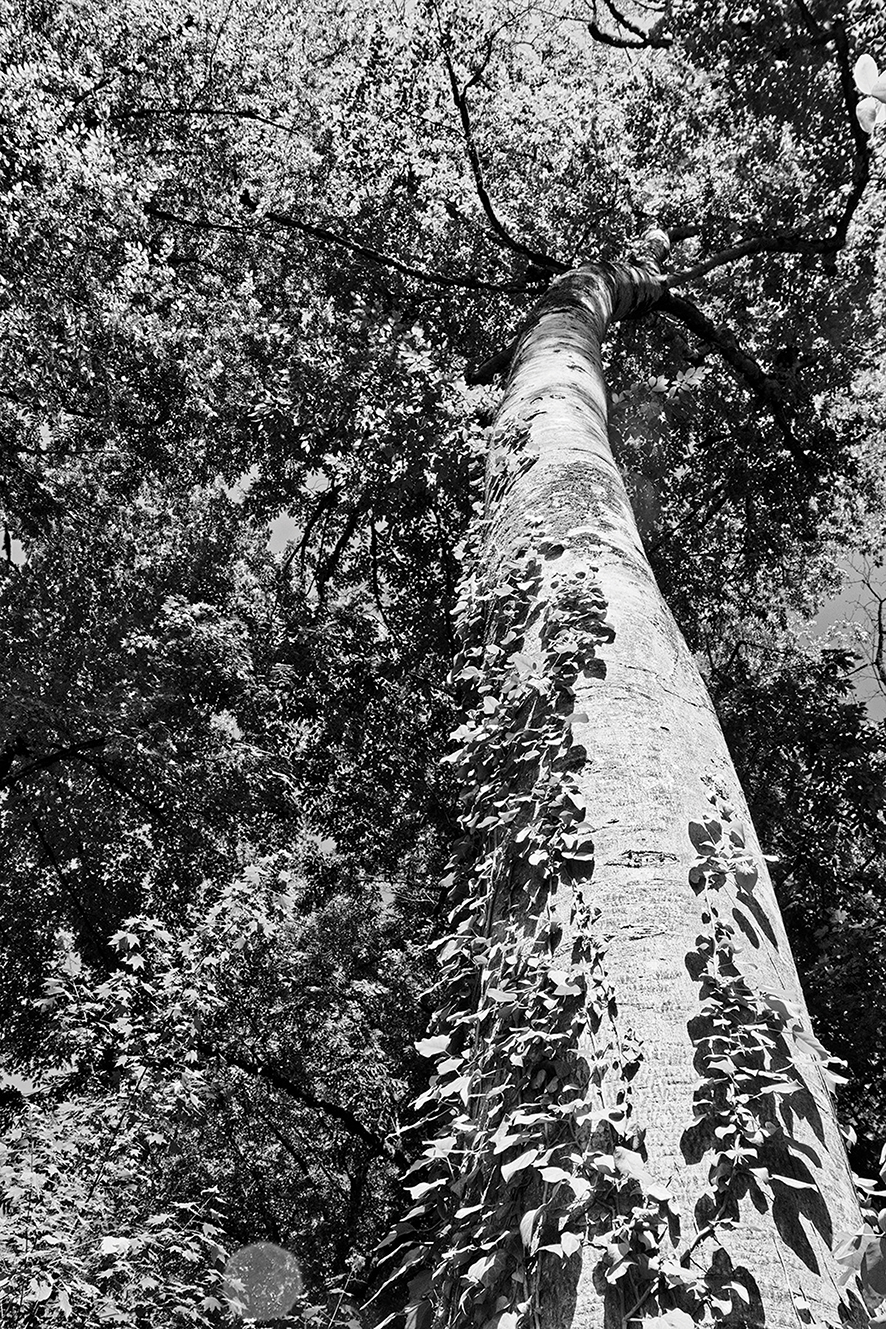
The sun was out but temperatures weren’t yet reaching anywhere the blistering full-summer experience of lowland Kakheti. Flowers bloomed everywhere. One of my long-sought subjects is branches of leaves “dripping” their shadows onto their own tree’s trunk, and there were plenty of examples of this. Other people, single or in small groups, came and went in all directions, including a school class excursion, with its own loud music which I could have done without in the peace, but it didn’t last long. Why people feel the need to bring such things from the city to the woods, I don’t know, but there it was. When the music faded away behind me, birdsong took over in concert-level variety, a much better fit.
I wandered on, mostly staying on trails but also straying off if a scene or tree caught my eye. Descriptions of relative raptor bird sizes gave a useful scale comparison with the outstretched arms of a person, and of other wildlife and features of the park made their appearance on small billboards to help us understand what we were experiencing, helpfully in both Georgian and English.
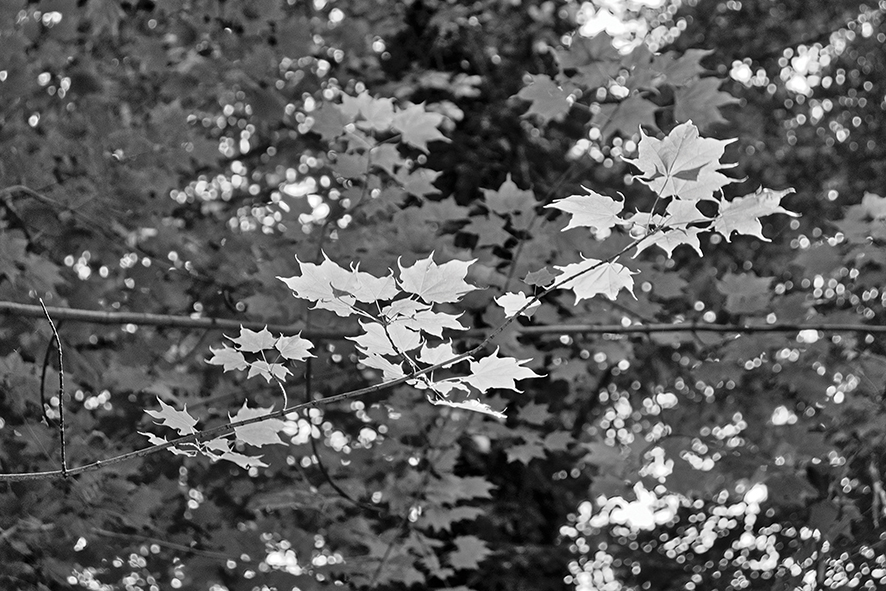
A forest has such an abundance of life that you can stop anywhere and notice it. Aside from the huge trees, lower down are creepers snaking up them, and flowers or shrubs everywhere on the ground. Birds, insects, squirrels and other rodents; deer and other ruminants, wild members of the cat family; wolves, foxes, bears. All the large or potentially dangerous animals are rare and shy. Mushrooms appear in the right weather, but their hidden part, the mycelial networks we are only now coming to understand, connect the whole forest by its roots, deep underground. They allow trees to communicate their situations and “feelings” in detailed, complicated and subtle ways across vast distances, and we should be in awe of this whole interconnected conversational process.
At the microscopic level, the teeming of life here is dazzling, and the connectedness of the whole thing even more on display. The tiniest organisms support the larger ones on up the scale, and the trees, the planet’s lungs as they have been called, give us oxygen. All carbon-based, mostly sunlight-powered. Elsewhere, off Earth, life may exist based on other elements than carbon (sci-fi writers love silicon-based lifeforms, for example), but here it’s the stuff of pencil leads and diamonds which joins us all, along with a need for water to some degree.
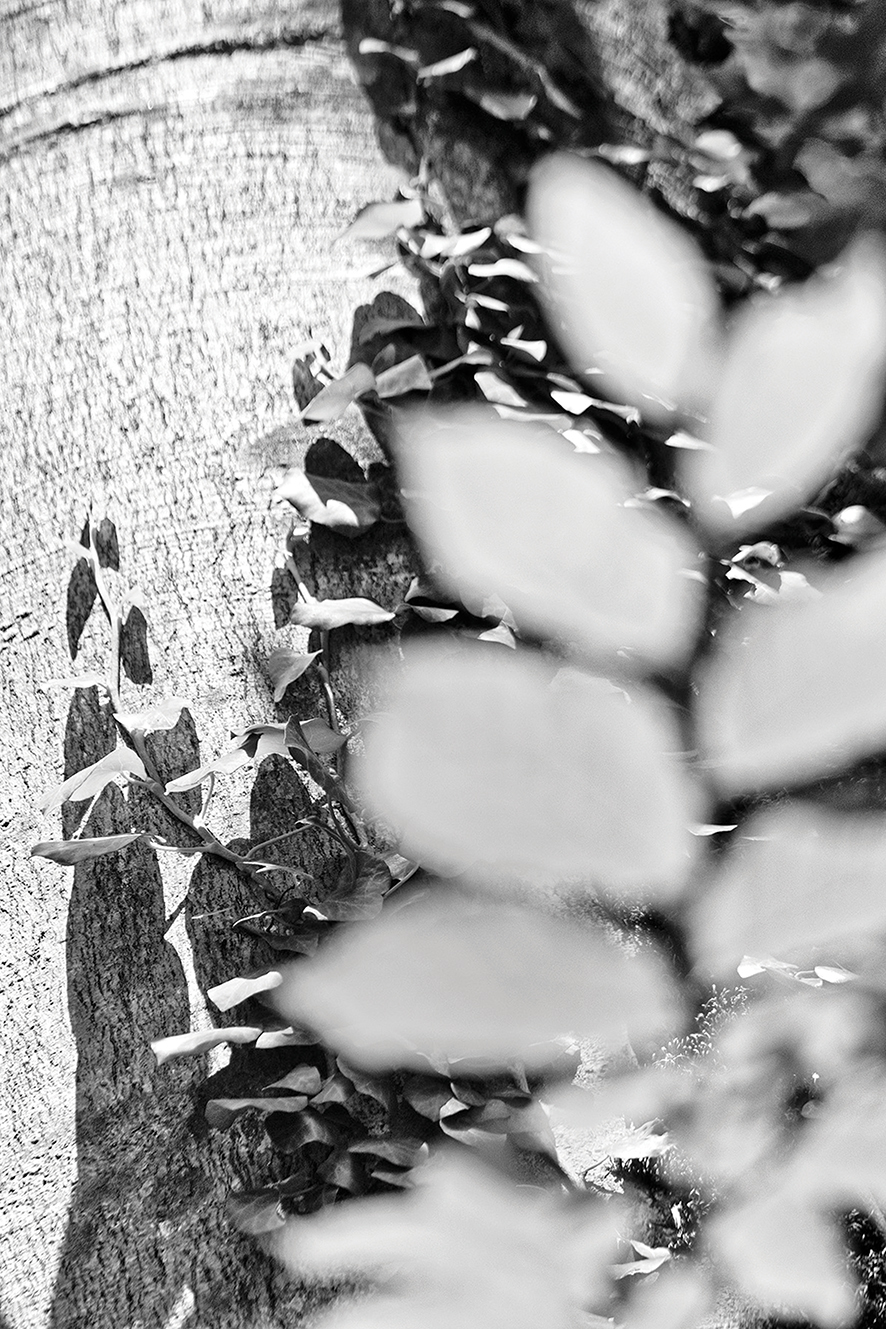
Such were my thoughts as I wandered through a small part of Lagodekhi Park, noticing the large and the small, in cooperation and also competition. Georgia’s diversity of flora and fauna gives you a unique experience everywhere you go, with an impressive array of living things endemic to it as well as those found elsewhere too. But the combinations here are unique, especially when you add the landscapes and the ancient architecture, the castles and fortresses and towers and churches. But right here, along less than a kilometer, crouching down to examine, a square meter if you choose, you’ll find diversity to equal or surpass the whole. Slow down and notice.
BLOG by Tony Hanmer
Tony Hanmer has lived in Georgia since 1999, in Svaneti since 2007, and been a weekly writer and photographer for GT since early 2011. He runs the “Svaneti Renaissance” Facebook group, now with over 2000 members, at www.facebook.com/groups/SvanetiRenaissance/
He and his wife also run their own guest house in Etseri: www.facebook.com/hanmer.house.svaneti

